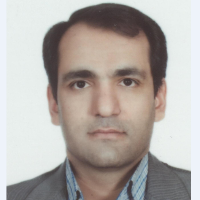Development of Multi-Criteria Risk Analysis Method for Applying Treated Wastewater in Various Uses
Urban treated wastewater or urban effluents as one unconventional water resource can be a continuous and controllable source for various uses. Simultaneously, the effluent from the wastewater treatment plant can carry chemical and biochemical contaminants and consequently expose the affected area to hazards and risks. The concept of risk analysis has helped researchers and project managers to assess the risks of treated wastewater applications in various uses to take appropriate action to reduce or manage irreversible effects on the environment and human health in advance. In this study, risk structures are created for use of treated wastewater in agriculture, landscape irrigation, artificial recharge for aquifer balance, and industry by considering environmental, social, economic, and technical criteria. Further, the effluent quality of 27 treatment plants has been evaluated. To calculate the risks, different hazards of treated wastewater applications are listed and hierarchically affect main and overall risk criteria to calculate the risks. The average overall risks of treated wastewater use in agriculture, landscape irrigation, artificial recharge, and industry are evaluated to be 29.7, 24.0, 24.3, and 26.0 percent, respectively. It is also worth mentioning that although the environmental risk of using treated wastewater in most treatment plants is low, but its social risk is high, which can be attributed to a lack of confidence in the quality of wastewater and low awareness of communities.
-
Investigating the Environmental and Economic Effects of Mini-Bubbler Pressurized Irrigation Projects in Birjand County
Maryam Mir, Maryam Varavi Pour *, Behzad Azadegan,
Journal of Water and Irrigation Management, -
Investigation of Water and Energy Consumption in Qazvin Irrigation Network Farms
Vahid Ashori, *, S. Mehdy Hashemy Shahdany, Abbas Roozbahani
Journal of Water and Irrigation Management,



